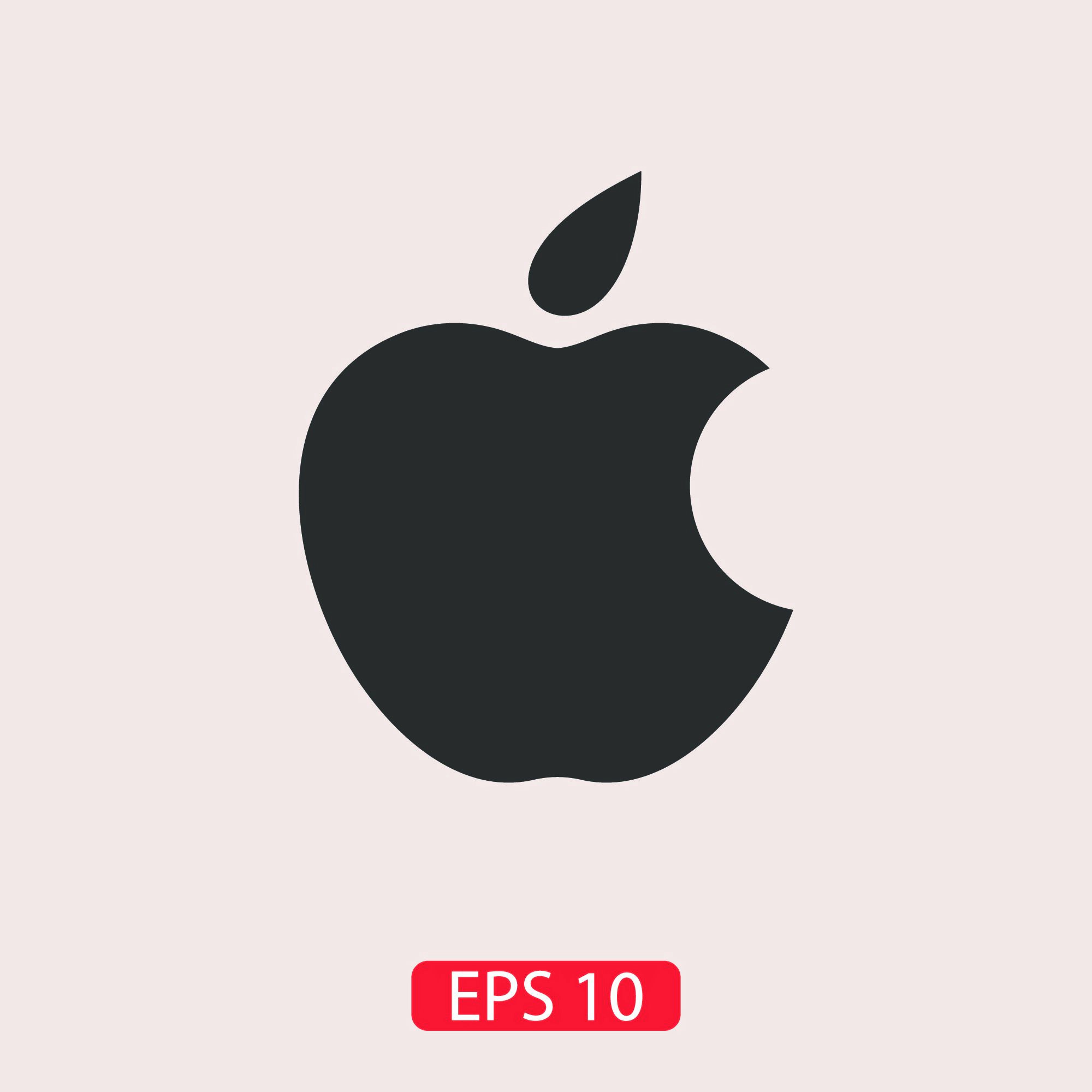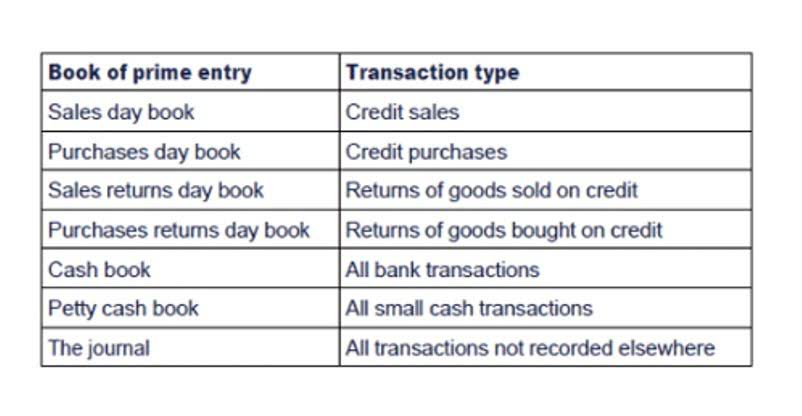
Using those percentages, the company can estimate the amount of bad debt that will occur. That allows us to record the bad debt but since accounts receivable is simply the total of many small balances, each belonging to a customer, we cannot credit Accounts Receivable when this entry is recorded. In the allowance method, businesses create an allowance for doubtful accounts, which serves as a contra-asset account on the balance sheet. This account estimates the amount of accounts receivable that may not be collected.
- For example, a company owed $10,000 might accept $6,000 as a lump-sum settlement to avoid prolonged collection efforts and legal costs.
- Thus, the revenue amount remains the same, the remaining receivable is eliminated, and an expense is created in the amount of the bad debt.
- A significant disadvantage of the Direct Write-Off Method is the delay in recognizing bad debt.
- Generally Accepted Accounting Principles (GAAP) require companies with a large amount of receivables to estimate future uncollectible amounts at the end of each current accounting period.
- Legal expenses incurred in the process are typically deductible as ordinary business expenses under the Internal Revenue Code.
Payment Gateway
The allowance method accounts for the bad debt of an unpaid invoice in the same time period as the invoice that was raised. When a company uses the allowance method, they have to study its accounts receivable or unpaid invoices and estimate the amount that may eventually become bad debts. It is credited to an allowance for doubtful accounts which is a contra account. So, an uncollected account is debited from the bad debts expense account and credited to the allowance for doubtful accounts in the same accounting period as the original sale. The allowance method creates bad debt expense before the company knows specifically which customers will not pay. Based on prior history, the company knows the approximate percentage or sales or outstanding receivables that will not be collected.
- It can lead to fluctuations in reported income, as bad debt expenses are recognized irregularly.
- Boost your confidence and master accounting skills effortlessly with CFI’s expert-led courses!
- When a company decides to leave it out, they overstate their assets, and they could even overstate their net income.
- These agencies typically work on a contingency basis, charging 25% to 50% of the recovered amount.
- This can mislead stakeholders about the company’s true financial performance and condition.
Why is the Direct Write-off Method Unacceptable Under GAAP?

It estimates uncollectible accounts at the end of each accounting period, creating a reserve or allowance for doubtful accounts. This estimated amount is then used to reduce the total accounts receivable on the balance sheet, reflecting a more realistic view of what Medical Billing Process the company expects to collect. Once a debt is deemed uncollectible, businesses must adjust financial records.
Is the direct write-off method allowed under GAAP?
While it offers ease of use and immediate recognition of uncollectible amounts, it does not comply with GAAP due to its violation of the matching principle. Understanding the direct write-off method is crucial for small businesses or those not bound by GAAP, as it provides a clear and uncomplicated approach to handling bad debts. However, for businesses seeking more accurate financial reporting, the allowance method may be more appropriate. By comprehending the nuances of the direct write-off method, businesses can make informed decisions about their accounting practices and maintain better control over their financial health. The direct write-off method is an accounting Online Accounting technique used to handle bad debts.


Notice how we do not use bad debts expense in a write-off under the allowance method. An estimate of bad debt is made at the end of the accounting period based on historical customer data. Before ABC even writes off the bad debt, they would have created an ‘allowance for doubtful accounts’ account by predicting the accounts receivable they deem uncollectible. Suppose ABC predicts direct write-off method that out of $100,000 total accounts receivable, $20,000 is uncollectible. If you’re a small business owner who doesn’t regularly deal with bad debt, the direct write-off method might be simpler. But the allowance method is more commonly preferred and often used by larger companies and businesses frequently handling receivables.
- The Direct Write-Off Method is one approach to handling these uncollectible accounts.
- If it is the allowance, you must then figure out how much bad debt to record in order to get to that balance.
- The event of bad debts must be recorded in the accrual accounting system.
- Using the direct write-off method, Natalie would debit the bad debts expenses account by $ 1,500 and credit the accounts receivable account with the same amount.
- This directly impacts both the revenue as well as the outstanding balance due to the company.
- As a result, the direct write-off method violates the generally accepted accounting principles (GAAP).

Provision for doubtful debt is a reserve calculated by different methods. GoCardless helps you automate payment collection, cutting down on the amount of admin your team needs to deal with when chasing invoices. Find out how GoCardless can help you with ad hoc payments or recurring payments. If you answered yes to any of these, the direct write-off method probably isn’t the best fit for you.

